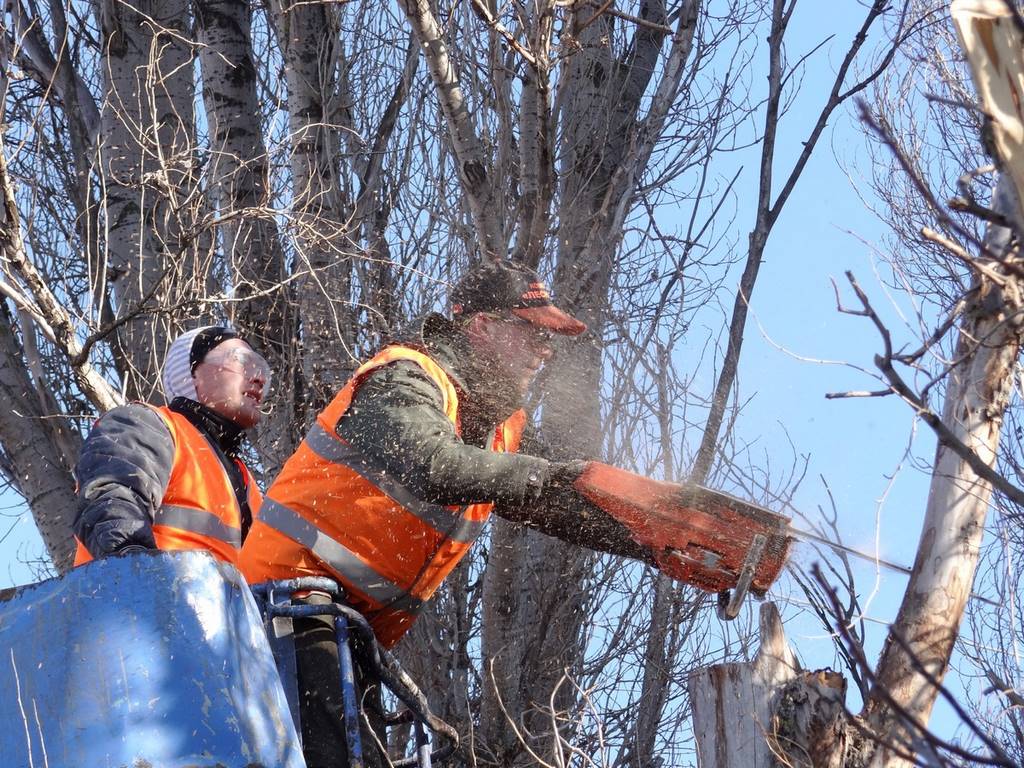Tree care specialists and Wildlife: Supporting Species variety by means of Arboricultural practices
Within this ever more urbanized society, the well-being of arboreal life and the health of nature are intertwined like never before. Arborists, the experts dedicated to the care and management of trees, play a crucial role in promoting biodiversity and ensuring that our green environments thrive. Nassau Tree Removal certified professionals bring a wealth of expertise and experience to the fore, from understanding the complex science behind tree trimming to identifying diseases that affect our leafy companions. As we navigate the complexities of tree care, hiring a certified arborist is not just a choice but a necessity for anyone seeking to cultivate a healthy environment.
Arborists are not merely tree surgeons; they are advocates of sustainability and biodiversity. Their efforts extends beyond individual trees to include entire biomes, helping to create homes for various wildlife forms. Through meticulous tree inspection, risk analysis, and targeted interventions, arborists make certain that our trees remain healthy and strong in the midst of challenges such as illness, pests, and environmental stressors. Be it a homeowner seeking to improve your property or a city planner aiming to maintain urban forests, understanding the vital services provided by arborists is crucial to promoting a flourishing natural world.
The Value of Certified Tree Care Professionals
Utilizing a certified arborist is crucial for individuals looking to maintain the health of arboreal life on their property. Certified arborists have extensive knowledge of arboriculture, insects, and treatment methods, which enables them to make wise decisions regarding arboreal upkeep. This expertise secures that trees obtain the specific care they need, leading to long life and robustness that might not be attained through ordinary gardening.
Certified arborists furthermore follow best practices, making sure that all work is conducted with safety in mind and effectively. This is particularly important when it comes to hazardous situations, such as cutting down trees or shaping near utility wires. Their expertise in risk assessment aids to reduce the potential for mishaps, protecting both land and human life. Additionally, certified arborists can assist spot and mitigate issues before they worsen, possibly saving landowners from costly restorations and removals.

Additionally, the role of qualified tree experts extends beyond individual property care; they contribute to the overall vitality of metropolitan areas. By promoting biodiversity and establishing green tree management practices, certified arborists help build a healthy environment that fosters natural fauna. Their impact can be seen in healthier natural areas that benefit communities while creating a environment for various species, demonstrating the significant value they contribute to both plant life and the ecological landscape.
Tree Care Practices and Best Practices
To support healthy expansion and longevity in woody plants, arborists employ a variety of techniques that are based in research-based understanding of plant physiology. This includes correct trimming, which is essential for taking away unhealthy boughs, enabling for improved air circulation and light access. Arborists understand the key timing and approaches for pruning to ensure least trauma and best rehabilitation for the tree. Effective cutting not only enhances the look of the tree but also helps in ensuring its architectural integrity.
Another important aspect of plant maintenance involves soil handling and enrichment. Forestry professionals analyze ground conditions to determine the necessary adjustments that can support plant vitality. Natural materials, particularly, can help upgrade ground quality, promote bacterial life, and enhance nutrient availability. In addition, experts often suggest wood chip covering, which provides a protective covering that retains water and controls unwanted plants, benefiting the entire environment in which the plant thrives.
Frequent checks and oversight are critical practices that help identify and address possible concerns before they grow. Arborists are expert to detect signs of distress, disease, or insect issues in woody plants. They employ cutting-edge evaluation equipment and techniques to assess tree health and implement preventative steps when required. By remaining ahead and knowledgeable about plant maintenance, trained forestry experts contribute substantially to the sustainable care of urban green areas, promoting variety and healthier environments.
Steering Through Arboric Health and Dangers
Comprehending tree health is vital for preserving a vibrant ecosystem and enhancing biodiversity. Licensed arborists possess the knowledge to recognize signs of tree distress, like leaf color issues, wilting leaves, or irregular growth patterns. They comprehend the science behind tree diseases and the particular conditions that can lead to their development. By carrying out thorough assessments, arborists can identify issues early, which is essential for the lifespan of both trees and the habitats they sustain.
In addition to diagnosing diseases, arborists play a significant role in hazard mitigation. They are skilled to identify potential safety hazards posed by trees, including structural weaknesses or the risk of branches falling. By carrying out risk assessments, they can advise necessary actions, such as pruning or cabling, to mitigate these hazards. This proactive approach not only shields property and human life but also ensures that trees remain healthy participants to urban and rural landscapes.
Additionally, the expertise of arborists extends to the optimal methods for tree trimming and removal when necessary. They evaluate whether a tree can be saved or if it poses too great a risk. This judgment process is crucial, especially in urban areas where trees often face strain from environmental elements and human activities. By fostering sustainable tree management practices, arborists help make certain that our landscapes remain safe and ecologically balanced, ultimately enhancing biodiversity and strengthening our bond to nature.